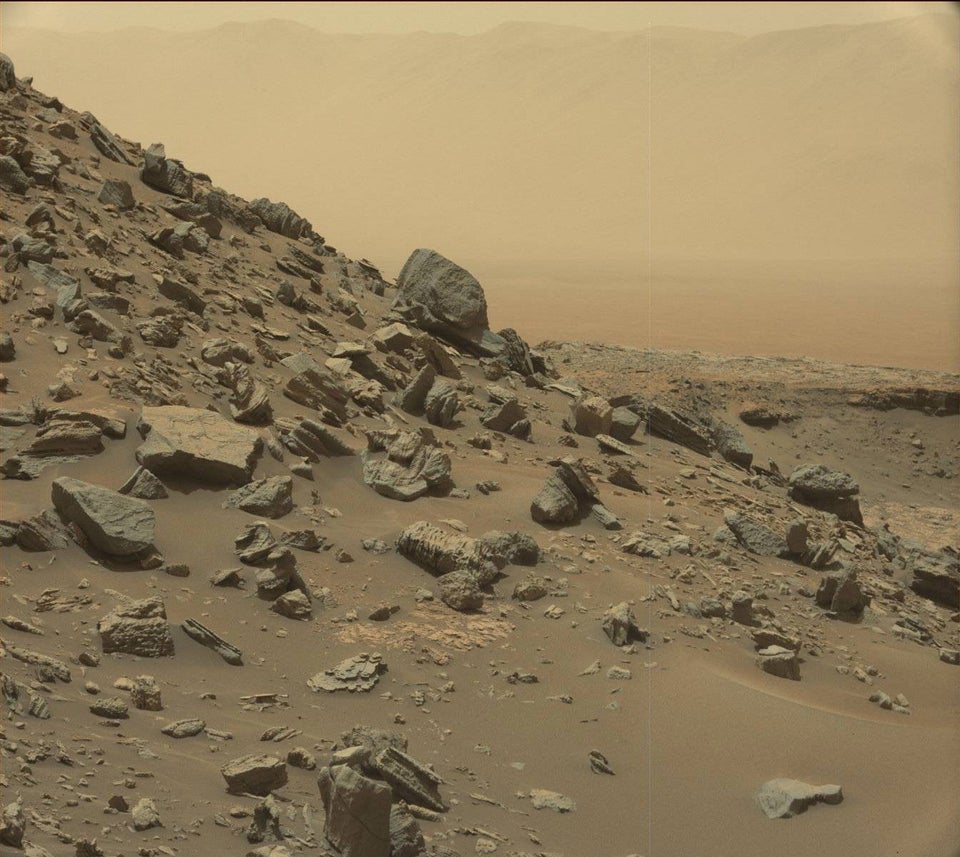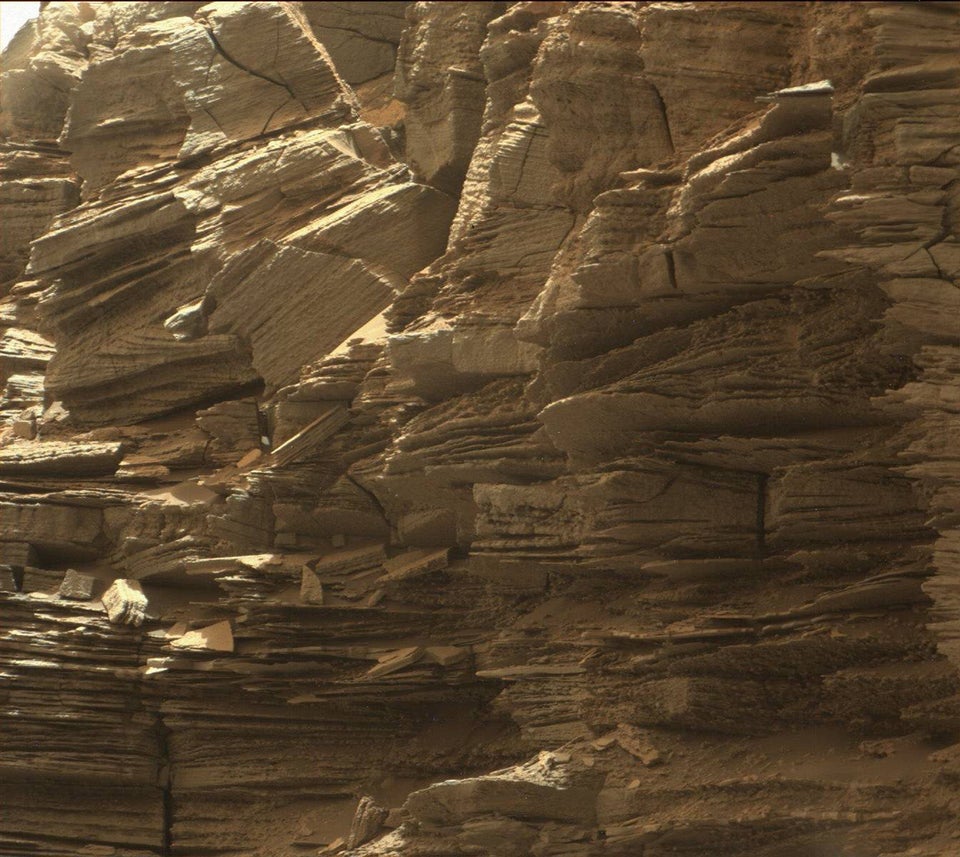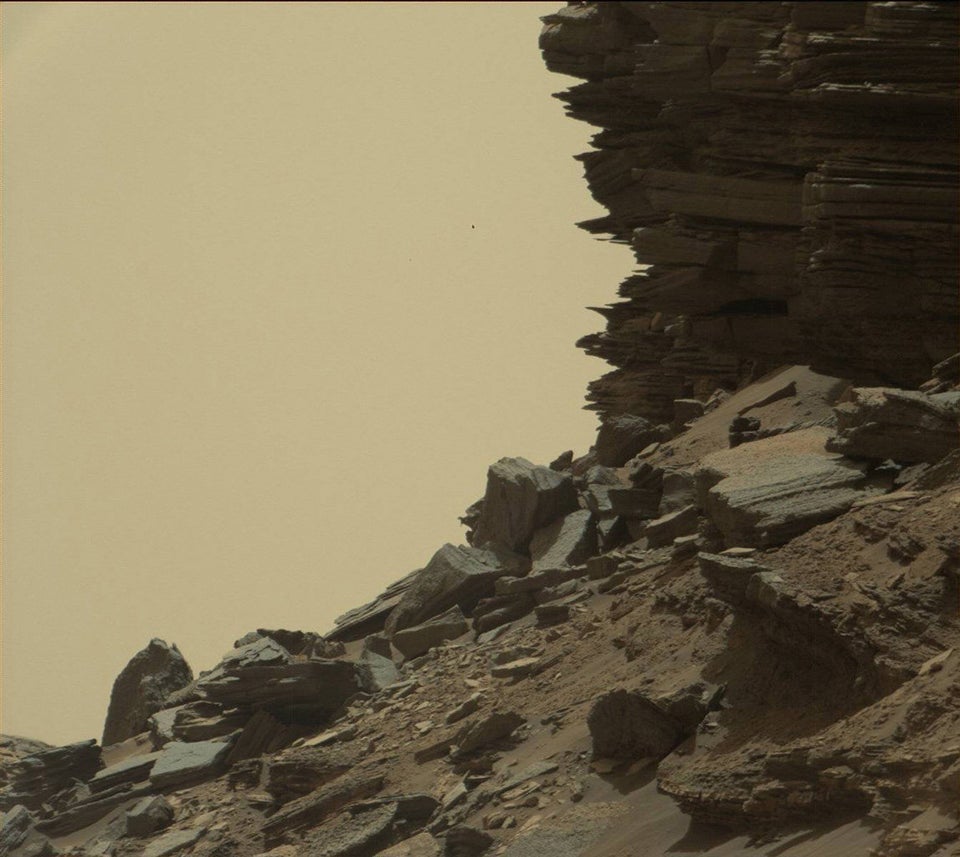Mars might be lifeless, but it’s far from silent. Wind has shaped the Red Planet for billions of years, carving out valleys and mountains on its rugged surface.
Now, NASA’s Curiosity rover has captured staggering footage of so-called dust devils carrying sand across the planet.
The data is helping scientists to untangle one of Mars’s most puzzling phenomena: a layered mountain in the middle of an impact crater.
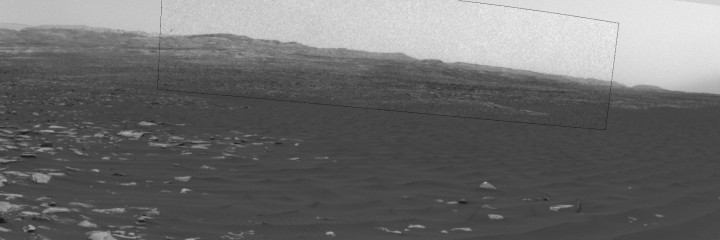
The mysterious feature is explained by evidence of long-term patterns and rates of wind erosion captured by Curiosity, researchers said.
“The orbiter perspective gives us the bigger picture ― on all sides of Mount Sharp and the regional context for Gale Crater. We combine that with the local detail and ground-truth we get from the rover,” said Mackenzie Day lead author of a research report in the journal Icarus about wind’s role in Gale crater.
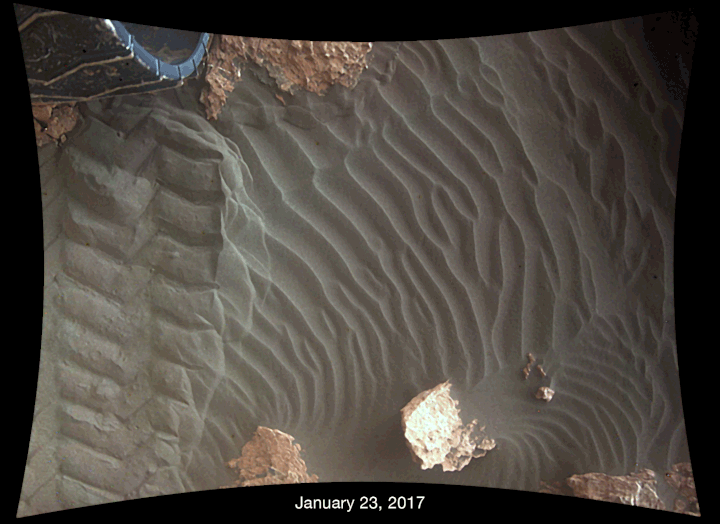
Today, Mount Sharp shapes the wind. But in the past, wind shaped the mountain, according the footage relayed by Curiosity.
It might look dramatic, but wind on Mars is much less forceful than it is on Earth, as the Martian atmosphere is 100 times thinner than our own.
But over billions of years, it’s had quite an impact on the planet, gradually shaping and reshaping its desert landscape.
